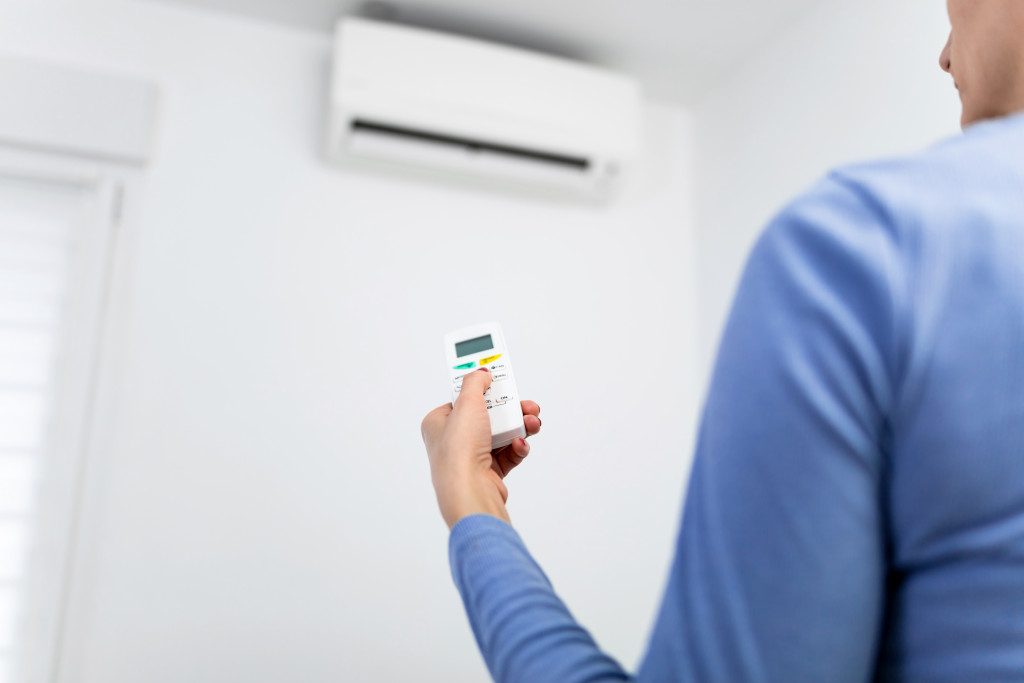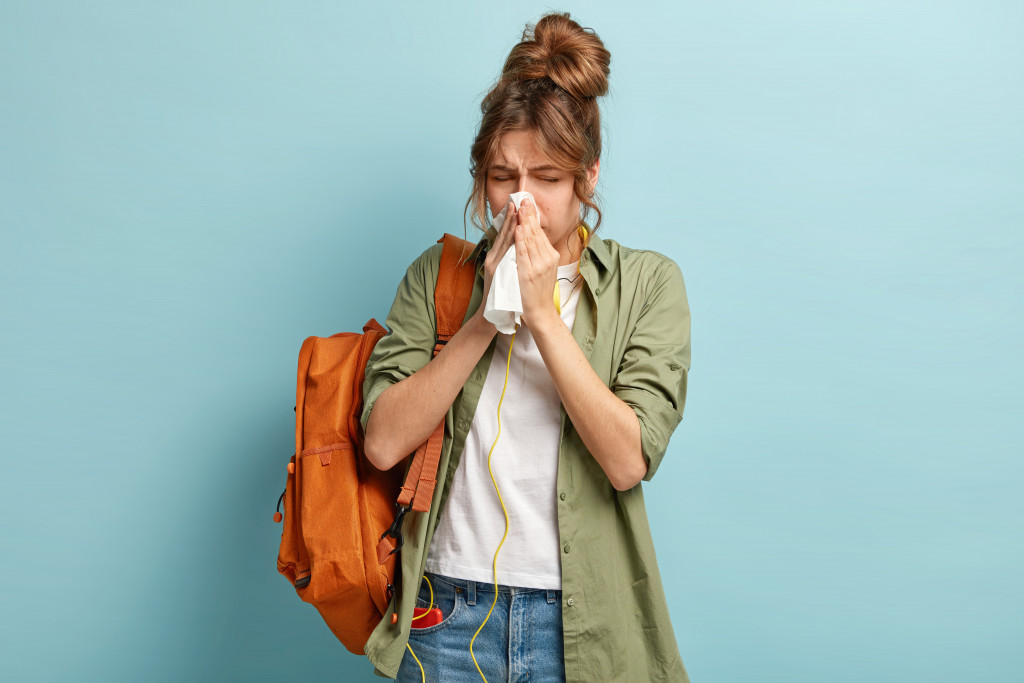You’re not alone if you’re one of the millions of people in the United States who suffer from allergies. In fact, according to the Asthma and Allergy Foundation of America, about 50 million Americans have allergies. While there is no cure for allergies, science has created new treatments and innovative strategies that can help you manage your symptoms and feel your best. Read on to learn about four of the latest trends in allergy relief.
Precisely Targeted Allergy Shots
Allergy shots have been around for decades, but they’ve become much more sophisticated in recent years. In the past, people who received allergy shots were typically exposed to a small amount of the substance they were allergic to (called an allergen) every week. Then, the amount of allergen was increased gradually until the person received regular doses. But this approach meant that many people had to endure weeks or even months of uncomfortable side effects like itchiness, redness, and swelling at the injection site before they started to feel better.
Now, there’s a more precise way to administer allergy shots. It’s called rush immunotherapy, which involves giving a person a series of injections containing increasing amounts of an allergen over just 30 minutes to an hour. This approach allows people to reach their optimum dose much more quickly with fewer side effects.
Immunotherapy
The immune system is responsible for fighting off infections and other foreign invaders. But in people with allergies, the immune system mistakenly attacks harmless substances like dust, pollen, or pet dander. This triggers the release of inflammatory chemicals like histamine, which leads to allergy symptoms like runny nose, watery eyes, and hives.
Immunotherapy is a treatment that helps to retrain the immune system so that it no longer overreacts to allergens. Here is a list of immunotherapy against allergies.
Oral Immunotherapy
Oral immunotherapy is similar to allergy shots in that it helps people become less sensitive to allergens by exposing them to increasing doses over time. But instead of receiving injections, people who undergo oral immunotherapy take pills or liquids containing allergens by mouth daily. As a result, oral immunotherapy can help people achieve symptom relief faster than traditional methods like rush immunotherapy.
Sublingual Immunotherapy
Sublingual immunotherapy is another type of oral immunotherapy that involves holding liquids or tablets under the tongue for two minutes before swallowing. This method is thought to be just as effective as other oral immunotherapies but may be easier for some people because it doesn’t require swallowing pills or large amounts of liquid.
Localized Immunotherapy
Some types of allergies—seasonal allergies or hay fever—affect only certain body parts, like the nose or eyes. Localized immunotherapy is a treatment specifically designed for these types of allergies and involves applying drops or ointments that contain allergens directly to the affected area regularly. By gradually increasing the amount of allergen exposure, localized immunotherapy can help reduce sensitivity and lessen symptoms over time.
Gene Therapy
Gene therapy is still in its early stages, but it shows promise as a potential treatment for severe allergies—particularly those that are difficult to control with existing treatments. The goal of gene therapy is to alter the genes involved in an allergic reaction so that people can become less sensitive (or even tolerant) to specific allergens. While more research is needed before gene therapy can be widely used to treat allergies, it’s an exciting study area with great potential.
Allergy Prevention
Lastly, there are now trends in preventing allergies in your household. Here are some of them.
The Use of Air Conditioners
Your AC plays a massive role in your household, especially if someone in your family suffers from allergies. By using reliable portable air conditioning units, you can filter the air and remove any harmful allergens that might be floating around. Additionally, ACs help regulate the temperature and humidity in your home, reducing allergy symptoms. The best part is that they are easy to move around and install.

Dust Mite Covers
Dust mites are tiny creatures that thrive in warm, humid environments—like beds, couches, and carpets. They’re a common trigger of allergies and asthma, and their waste products can even worsen eczema. To help control dust mite populations, it’s vital to use dust mite covers on all bedding, including pillows, mattresses, and comforters. These covers create a barrier that dust mites can’t penetrate, effectively suffocating them.
Pets with Allergies
While pet allergies are relatively common, they don’t have to keep you from owning a furry friend. Now breeds of dogs and cats are specially bred to be hypoallergenic, meaning they produce fewer allergens than other animals. So if you’re allergic to pet dander but still want to enjoy the companionship of a furry friend, these hypoallergenic pets are a great option.
With allergy season in full swing, it’s essential to know the latest trends in allergy treatment and prevention. By knowing these trends, you can be better prepared to manage your allergies and reduce your symptoms.

